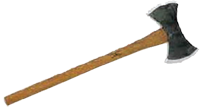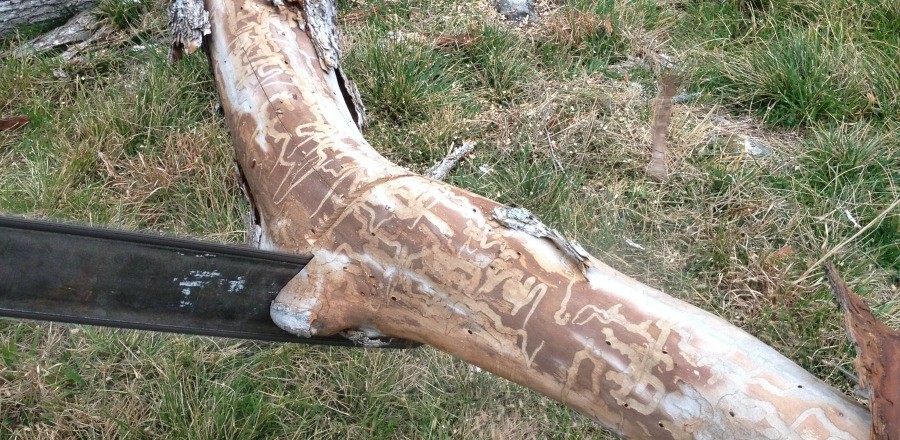Many insects feed and make their homes in the bark, trunks and branches of shade trees and shrubs in Texas. Insect borers belong to several different insect groups including a variety of beetles, moths and horntail wasps.
Most insect borers are attracted to weakened, damaged, dying or dead trees. These are referred to as “secondary invaders” because they attack only after a tree has been weakened by another stress. Secondary invaders are a symptom of other problems with the health of the tree or shrub, but may contribute to its decline. Secondary invaders include species from groups already mentioned, but also may include termites, carpenter bees and carpenter ants.
Many other insects live in dying or dead trees, including natural enemies (predators and parasites) of the insect borers, sap or fungi feeders, or species which merely use the spaces provided by the tunnels and galleries as living quarters.
Wood borers can, on occasion, attack healthy trees, though those attacks are less common.
Borer infestations often go unnoticed until plants or parts of plants begin to die or show external signs of damage. Wood-boring insects often produce sawdust-like frass (excrement). Their holes are normally round, oval or semicircular and are found in a random pattern on the plant. Woodpecker damage is sometimes confused with that of wood-boring beetles; however, woodpecker damage will not produce frass. One woodpecker, the yellow-bellied sapsucker, produces square holes in rows around a trunk or branch. Borers tunnel in the inner bark layer (cambium), which transports nutrients and water to the leaves.
Unusual amounts of deadwood begin to appear through out the tree. When the cambium layer is completely girdled the tree eventually dies above or beyond the damage site. Partial girdling reduces tree growth and vigor above the site of attack. On occasion, tunneling makes the tree weak, causing limbs and branches to fall. Borer damage can severely affect the quality of lumber and can make trees susceptible to disease.
Since most wood-boring insects are considered secondary invaders, the first line of defense against infestation is to keep plants healthy. Proper care of trees and shrubs discourages many borer pests and helps infested plants survive. Good sap flow from healthy, vigorously growing trees, for example, defends the plant from damage by many borer pests.
Steps to consider for healthy tree care include….proper irrigation, proper mulching, consistent nutrient uptake, proper pruning practices, removal of infested trees or limbs, or the planting of trees that show signs of resistance. Chemical practices such as Tree Injections for borer eradication is optional. The use of chemicals are to be considered when high value trees are identified, borer activity is present and the tree is determined to be in a positive state of health. The use of chemicals should be employed by trained chemical applicators with proper certifications and licensing.

